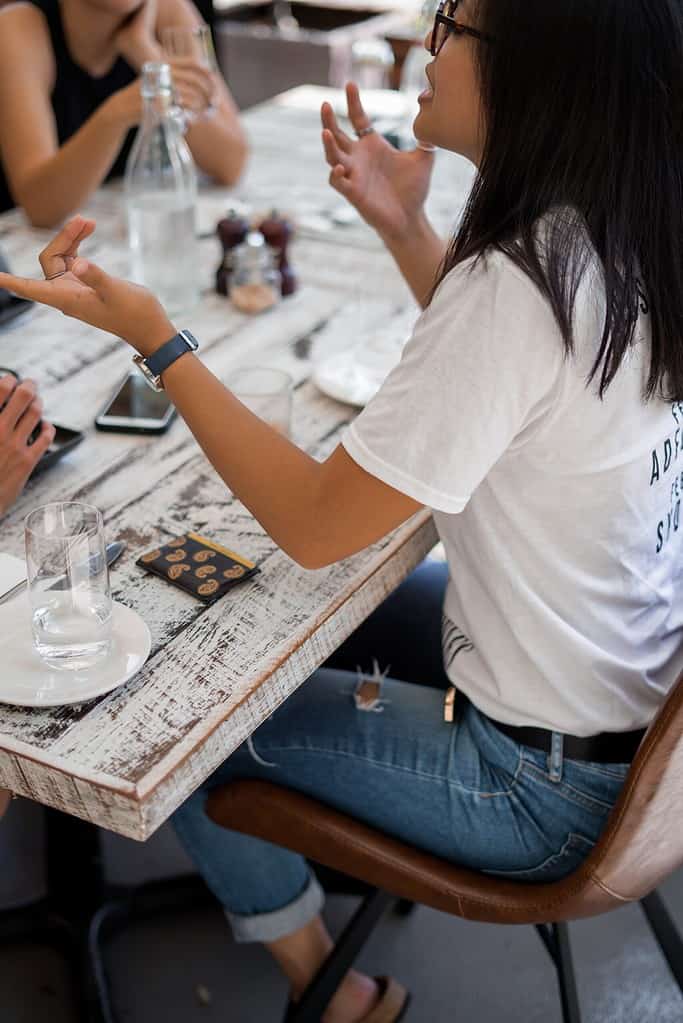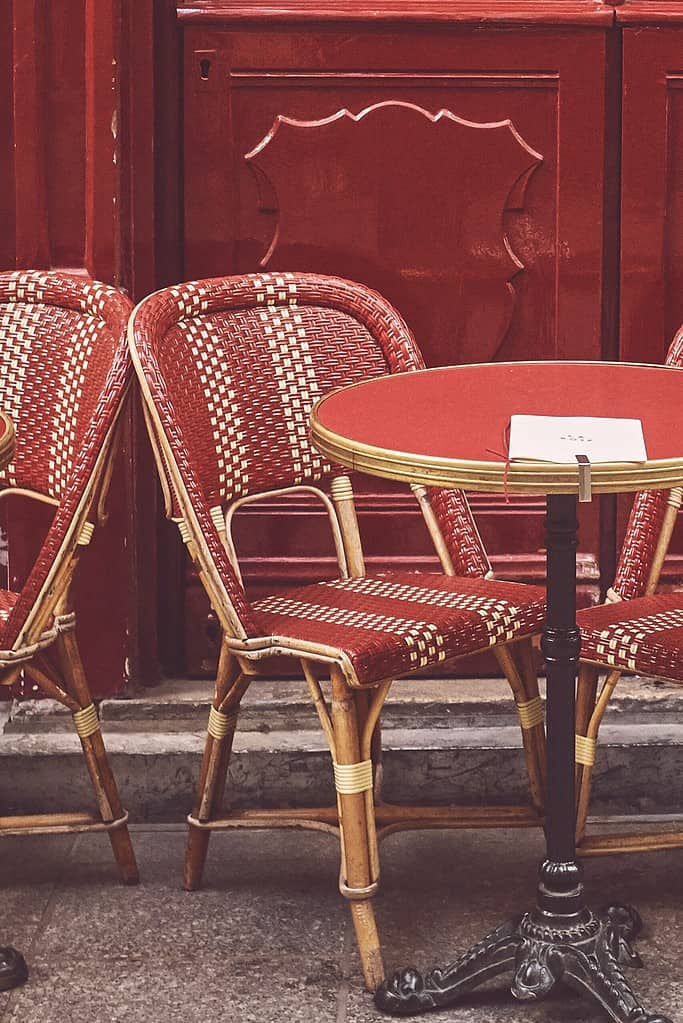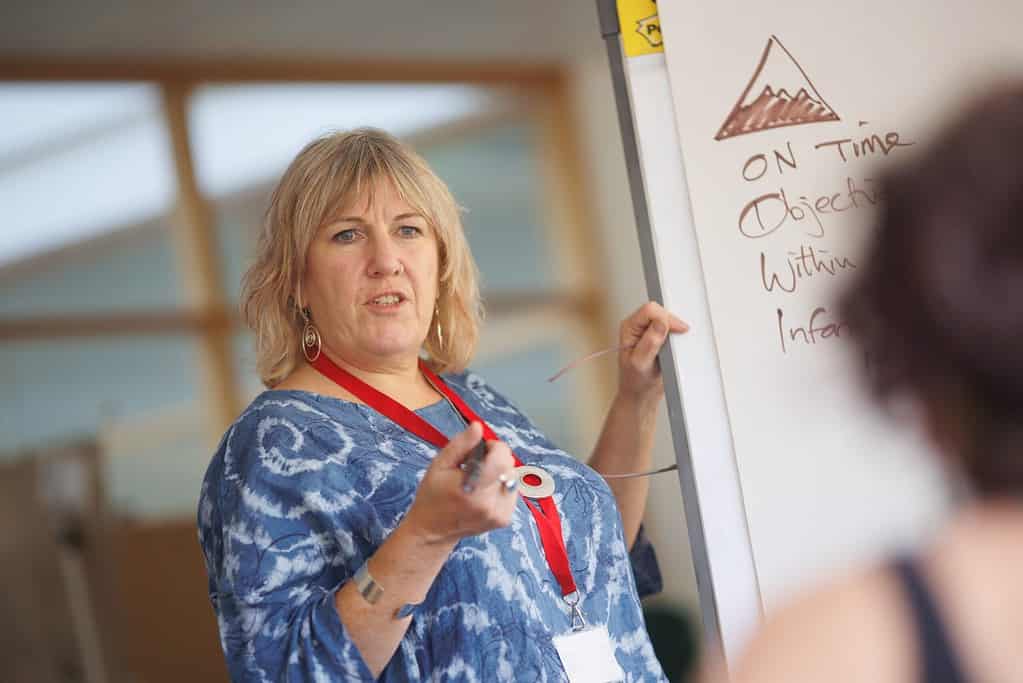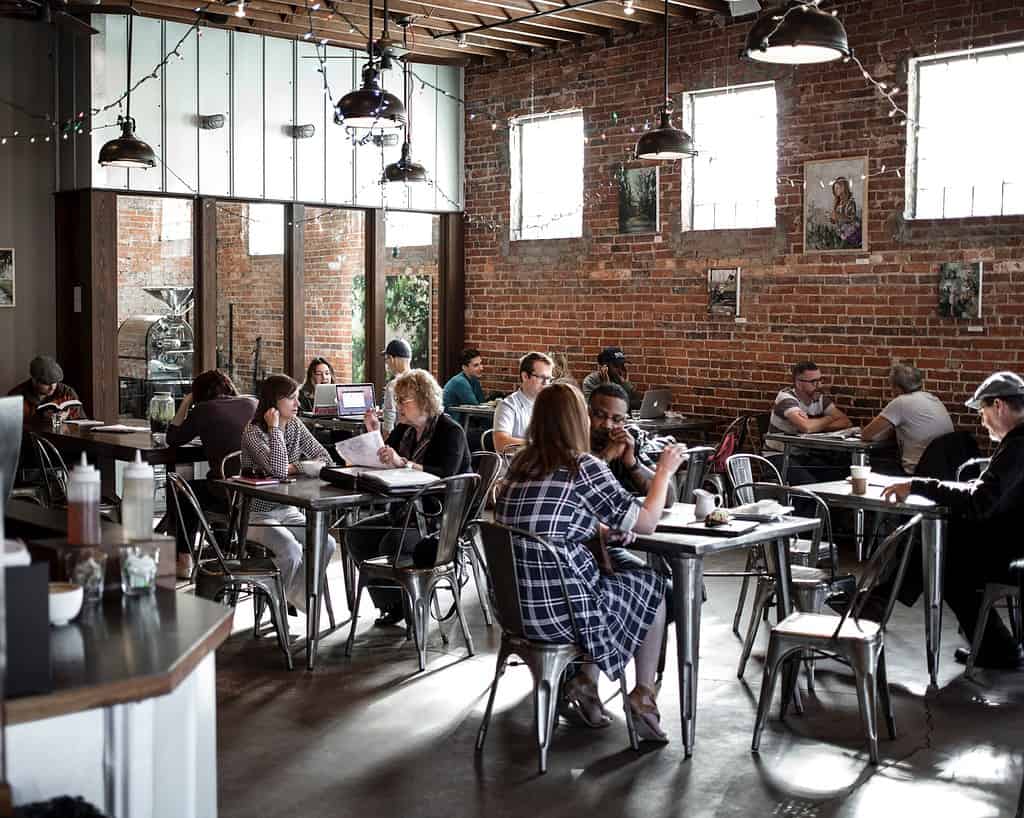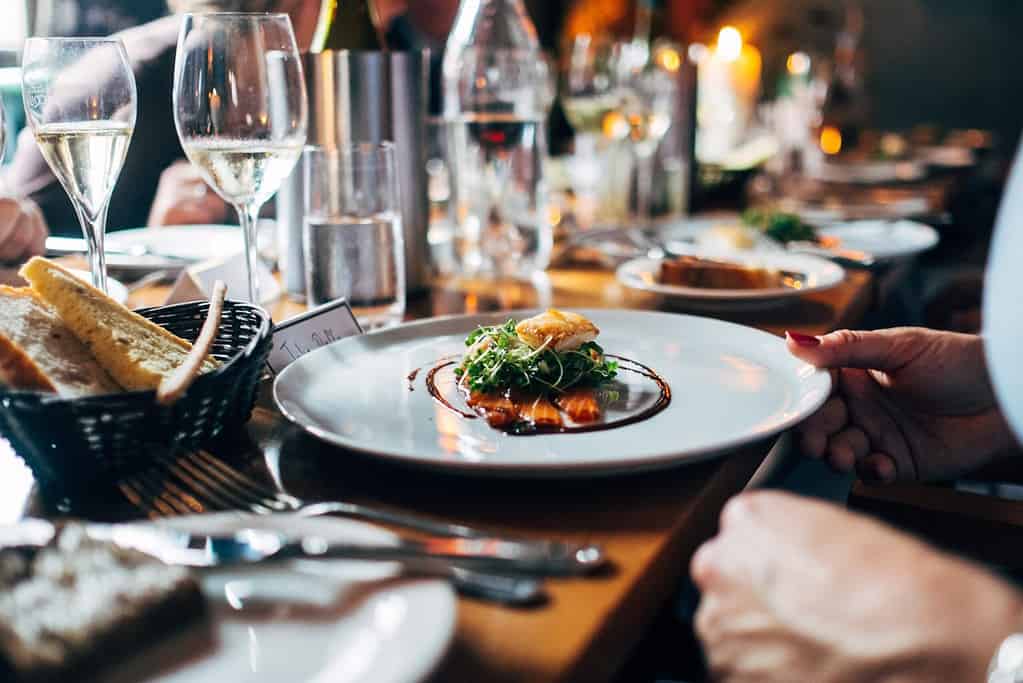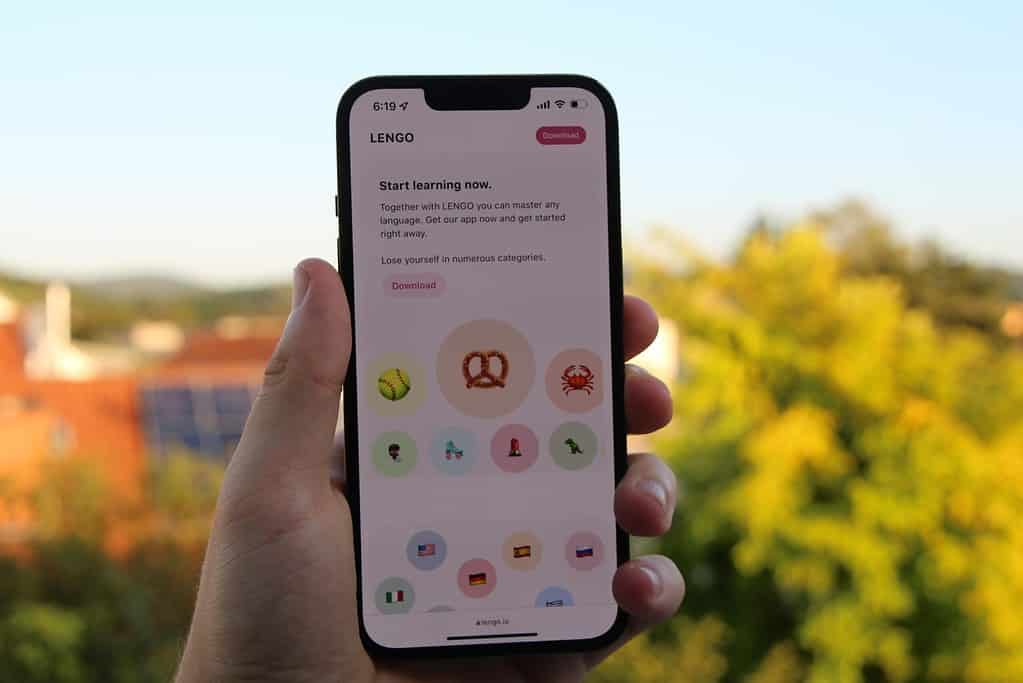Introduction to Small Talk in French
Small talk is a subtle art that opens doors to deeper connections, and this is especially true in French. Casual conversations help build language fluency while offering invaluable insights into French culture. French small talk involves understanding nuanced expressions, social etiquette, and even the importance of body language. Whether you’re asking “Comment ça va?” to break the ice or commenting on the weather, these everyday interactions are essential for anyone looking to gain confidence in speaking French. For language learners, engaging in spontaneous conversations not only improves pronunciation and listening skills but also introduces cultural elements that textbooks might overlook. If you’re eager to sharpen your conversational skills, consider exploring interactive language learning experiences on the swaplang homepage to connect directly with native speakers.
Essential French Phrases for Small Talk
Every language has its key phrases and French is no exception. Knowing a few foundational expressions can set the tone for enjoyable and fluid exchanges. For example, “Comment ça va ?” translates to “How’s it going?” and is perfect for opening a conversation with anyone you meet. Another useful expression is “Quoi de neuf ?” which means “What’s new?” and invites the other speaker to share their recent life events. Additionally, commenting on the weather with “Quel beau temps aujourd’hui !” is a classic conversation starter, especially when coupled with a smile. When you’re ready to make plans, asking “Tu as prévu quelque chose ce weekend ?” can transition the conversation into future possibilities. For more details on mastering these expressions, consider reading this in-depth guide on French small talk expressions.
Choosing Topics: What to Talk About and What to Avoid
Deciding on the right topic can make or break casual conversations. In French small talk, it’s important to steer clear of subjects that might be too personal or controversial. The French value a polite reserve in public settings, so fabricating bridges with topics like weather, food, or hobbies can help maintain a pleasant dialogue. Avoid discussing money matters, personal problems, or contentious subjects like politics and religion unless you’re certain that your discussion partner feels comfortable with such topics. For an engaging and safe conversation, consider discussing everyday topics such as local events or travel experiences. To delve further into the nuances of French social etiquette and how to navigate discussions gracefully, you might find this article on managing French small talk very insightful.
Tips for Overcoming Confidence Barriers
Many language learners find that nerves and self-consciousness hinder their ability to engage in casual conversations. One great strategy to overcome these barriers is to practice in low-pressure settings. Start by rehearsing phrases aloud or by joining language exchange sessions where mistakes are seen as part of the learning process rather than failures. Remember, every error is an opportunity to improve and learn. Engaging in conversation exchanges, like those available on platforms such as swaplang, can build your confidence gradually by offering supportive, one-on-one interactions with native speakers. Additionally, consider setting aside regular time for practice, whether through language apps or by conversing with a friend, to slowly build your confidence before engaging in more dynamic social settings.
The Role of Non-Verbal Communication
Non-verbal cues are the silent language that often speaks louder than words. In the world of French conversations, subtle body language and gestures convey respect, attentiveness, and understanding. A warm smile or a slight nod can go a long way in affirming that you are engaged in the conversation. Eye contact, for example, is appreciated in French culture, as is maintaining a relaxed posture during interactions. While words are important, mastering these non-verbal signals enhances authenticity and helps build rapport. This is especially useful in environments where language learners might struggle with vocabulary but can still communicate effectively through tone and gesture. For further reading on cultural nuances in everyday French communication, check out this comprehensive guide on mastering everyday conversation techniques.
Practice Scenarios and Real-Life Applications
The transition from studying phrases to applying them in real-life can feel daunting, but practice scenarios can make all the difference. Creating role-playing exercises with a partner or using conversation prompts available on various platforms can help solidify your learning. Imagine stepping into a quaint French café, where the conversation might swiftly move from commenting about the weather to discussing local cuisine. These practice sessions mirror everyday French interactions, helping you feel more prepared when spontaneous opportunities arise. For additional, practical insights into real-life scenarios, consider exploring real-life practice scenarios that dive into the intricacies of everyday French interactions. Tools like swaplang offer flexible scheduling and a secure, ad-free space, making it easier for learners to take the first step in turning practice into proficiency.
Conclusion: Embracing Small Talk to Enhance Language Proficiency
Embracing the art of small talk is a vital part of your journey toward mastering French. The nuances of French culture and the language itself are best appreciated through everyday interaction and casual conversation. Each discussion, whether it’s a planned practice or an impromptu chat in a local boulangerie, builds your fluency and broadens your understanding of cultural subtleties. As you continue to practice and apply these essential conversation skills, remember that consistency and positivity are your best allies. To fully immerse yourself in French and gain confidence quickly, consider signing up for a trial session on swaplang today. Happy conversing!






